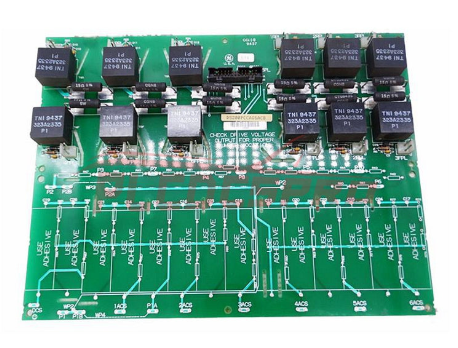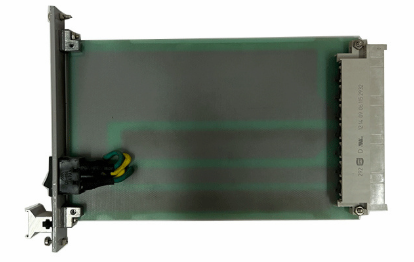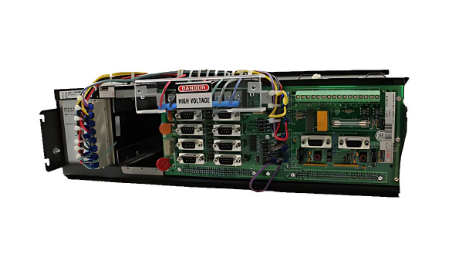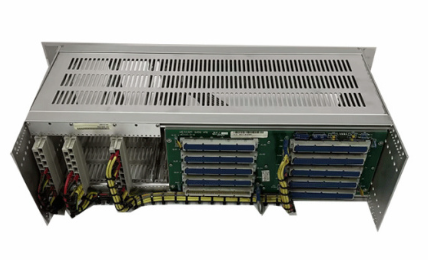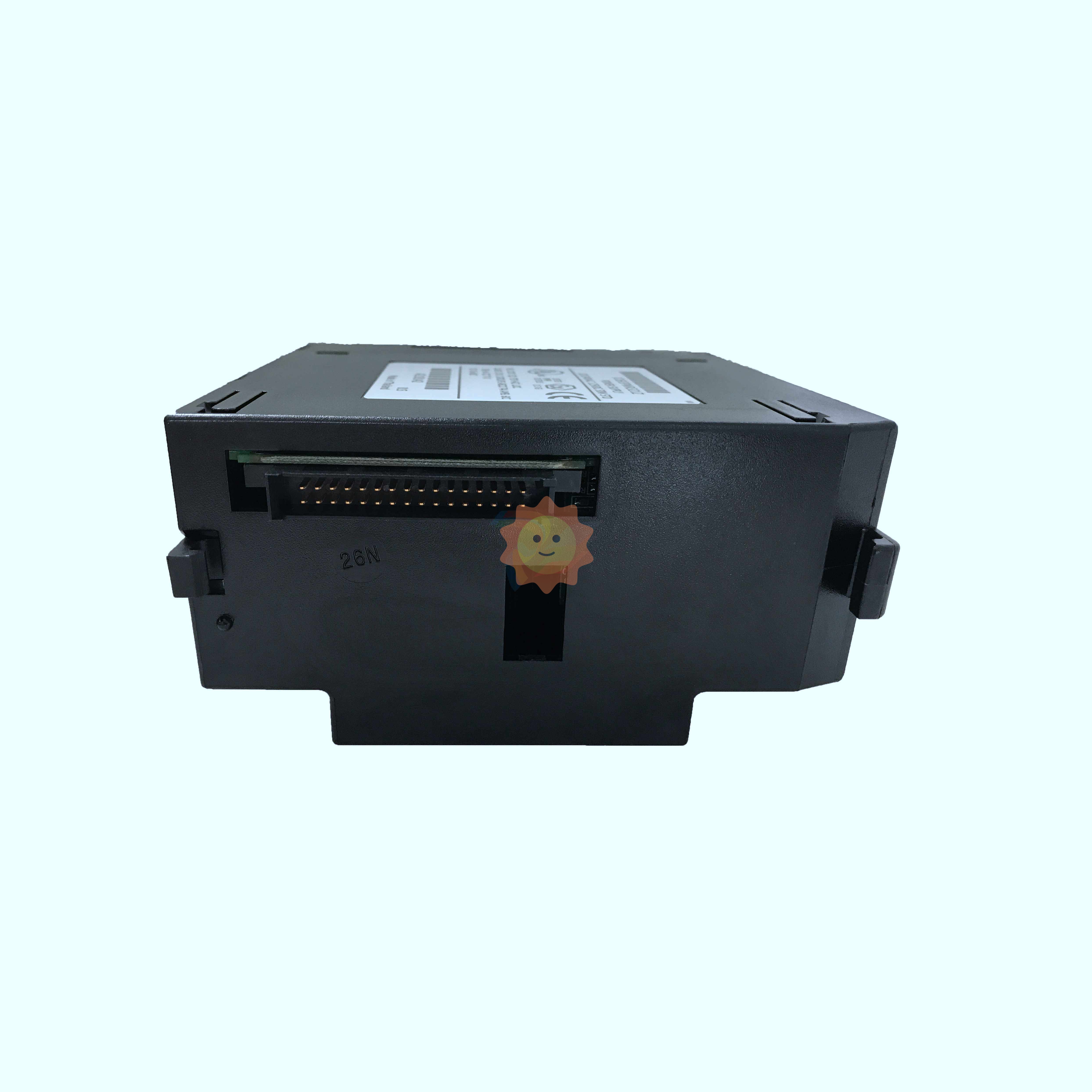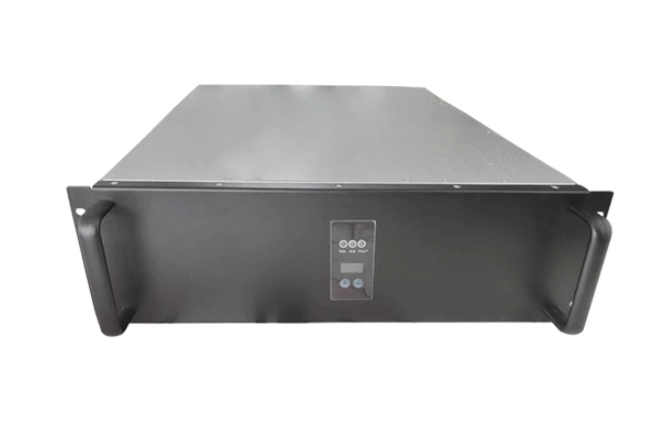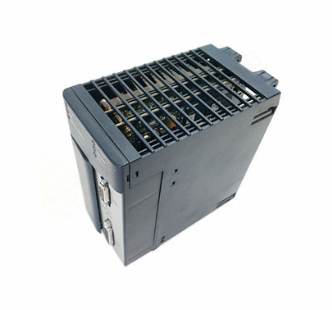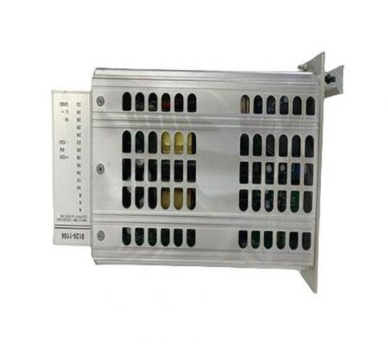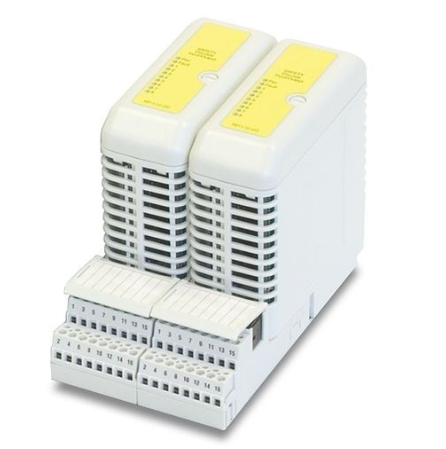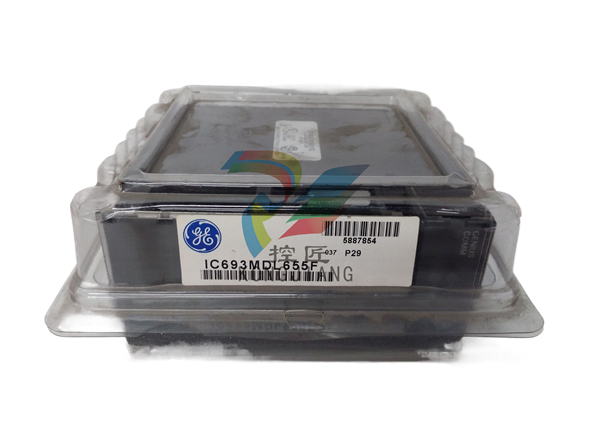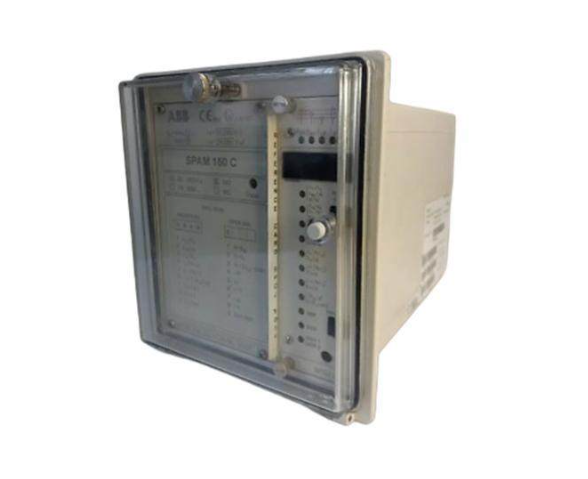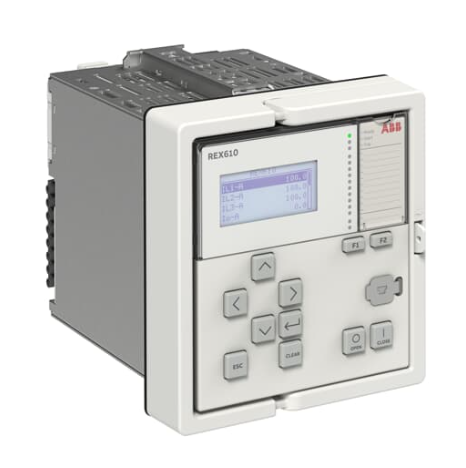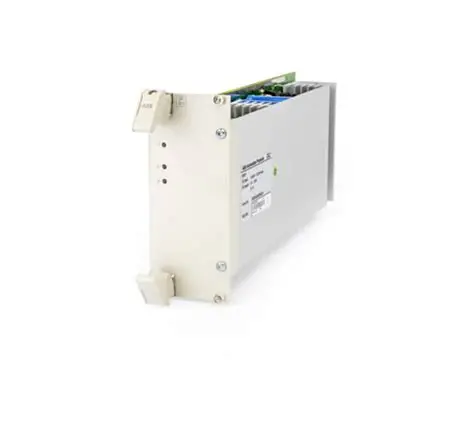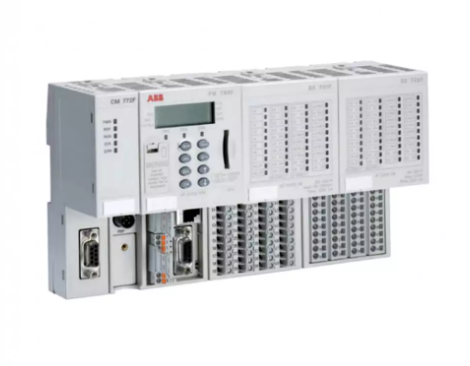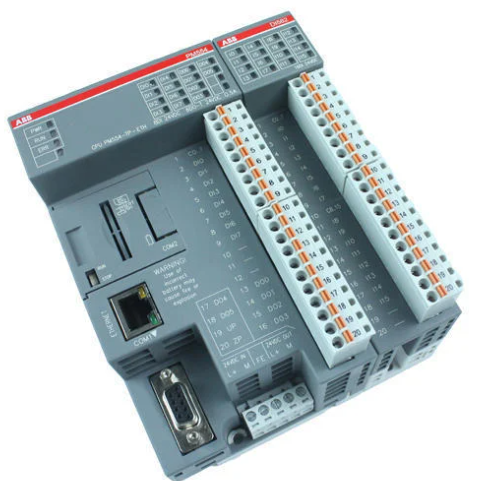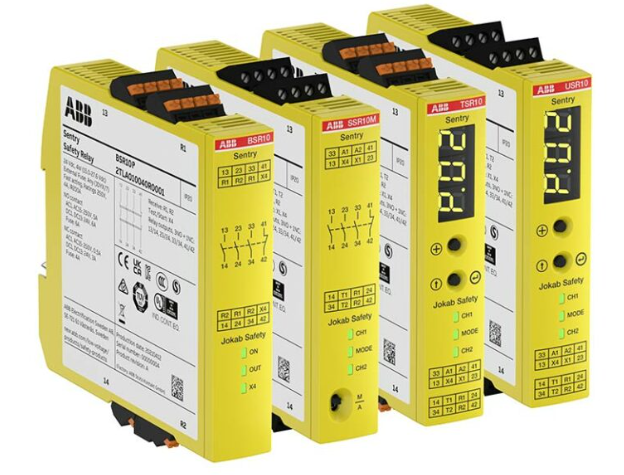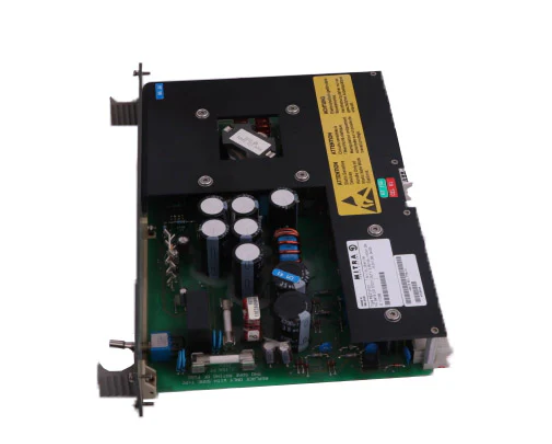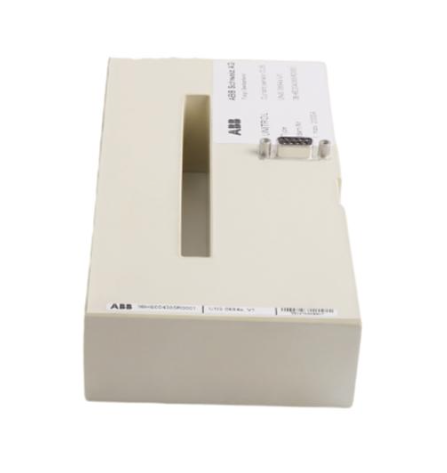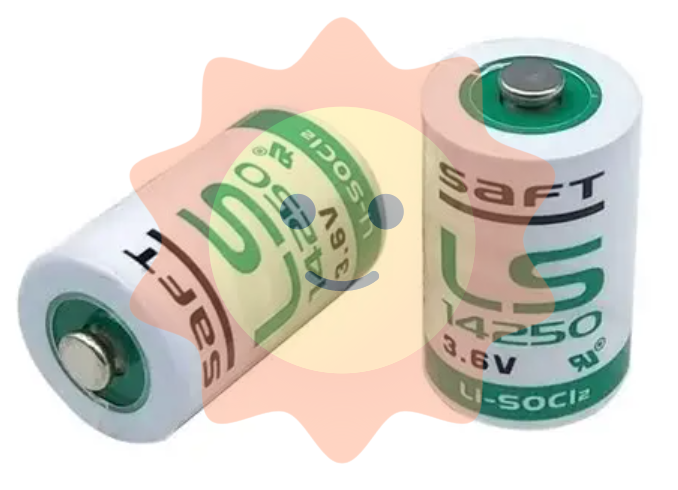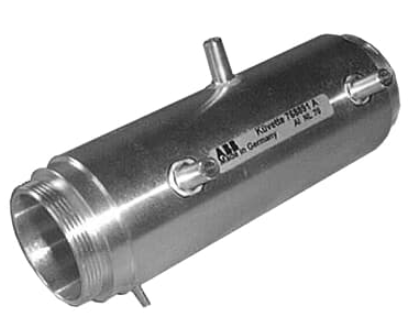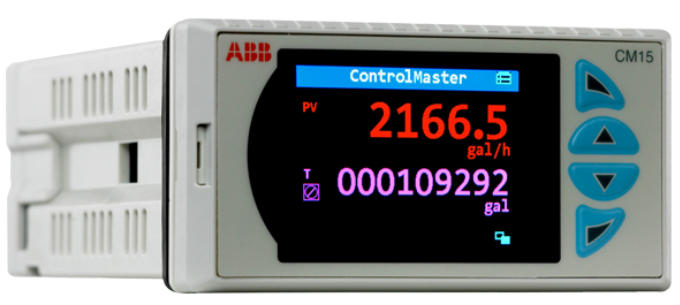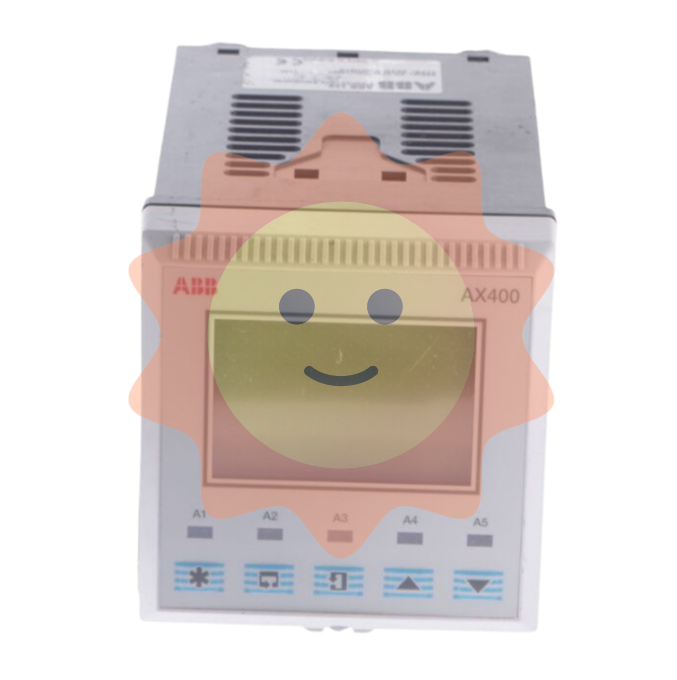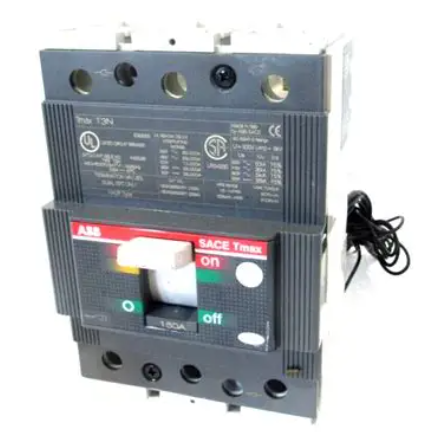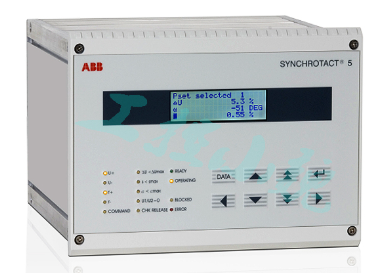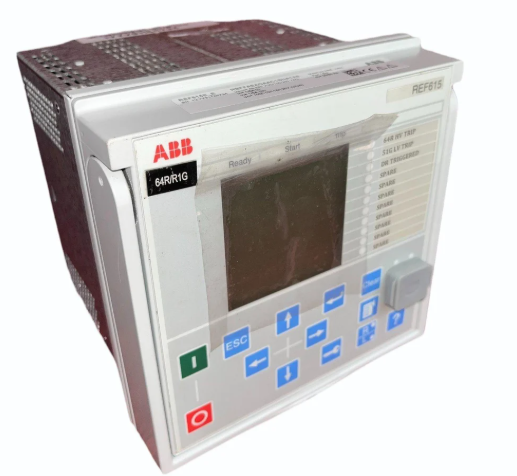The value discovery of photothermal power station from a new perspective

On the one hand, when the solar radiation is different, the heat storage and heat release state of the solar thermal power station are different, and the energy flow mode will change accordingly. On the other hand, the load demand characteristics of the different regions connected to the solar thermal power station are different, and the power grid has a great difference in the power generation demand of the solar thermal power station, and its energy flow mode is also different. According to the different working states of the three modules, the typical energy flow mode of the solar thermal power station can be divided into six categories. With the timely conversion of different energy flow modes, several solar thermal power stations in operation around the world have demonstrated their ability to generate electricity continuously 24 hours a day for many days. CSSC Xinneng Urat 100MW trough solar thermal power station has achieved continuous power generation for 12 days without shutdown under the condition of 6 cloudy days; The Delingha solar thermal power Station in Qinghai also reached a record of continuous operation for 12 days (292.7 hours). The longest uninterrupted power generation time of the first voyage of the high-tech Dunhuang 100MW tower solar thermal power station is about 263 hours.
Short-term point of view: New positioning of solar thermal energy storage burst into new vitality
Thermal location change: independent power generation → auxiliary power generation
In the early days, photothermal and photovoltaic developed together. In China, as a new energy power generation method, photovoltaic and solar thermal are in the initial stage of development before 2010, and have not yet formed a scale effect. In 2010, the cost of photothermal power was $0.358 /W, slightly less than the cost of photovoltaic kilowatt-hour power was $0.417 /W. Therefore, in the early years, China's solar thermal and photovoltaic industries are synchronous, and photovoltaic subsidies are also applicable to solar thermal power generation. With the advancement of technological revolution and large-scale construction such as photovoltaic cold hydrogenation and single crystal, the cost of photothermal electricity has gradually lost ground to photovoltaic, and the development has slowed down. The kilowatt-hour cost of PV dropped from $0.417 /kWh in 2010 to $0.048 /kWh in 2021, a drop of 88.5%, in comparison, The cost of solar thermal power decreased from $0.358 /kWh in 2010 to $0.118 /kWh in 2021, a decrease of only 67.0%. In 2021, the cost of solar thermal power is 2.46 times that of photovoltaic, so the development of solar thermal industry is slower, and the cumulative installed capacity of global photovoltaic power plants in 2022 is 1156GW, and the installed capacity of solar thermal power plants is only 7.05GW.

As the proportion of renewable energy continues to rise, renewable energy generators represented by wind power and photovoltaic may face challenges in control, operation and scheduling due to their unique power generation principles and grid-connected methods. The natural decoupling of photothermal power generation makes its energy storage flexible configuration. The process properties of the photothermal power station have the natural decoupling characteristics of photothermal and electricity, and there is no strong correlation between the photothermal absorption link and the thermal power generation link. The energy storage and power regulation functions of the photothermal power station can be realized by allocating a certain capacity of heat storage and heat exchange links, which can realize the over-capacity storage, increase the overall energy storage of the power station and improve the power generation capacity. It can also realize the adjustment of peak cutting and valley filling on the power generation side.
The solar thermal + solar system promotes the consumption of renewable energy, and the dispatching simulation results are considerable. Wind/solar thermal bundle operation can use the flexibility of solar thermal energy storage to reduce the uncertainty of wind. The Energy Internet Research Institute of Tsinghua University conducted a simulation of the "100MW+50MW" solar thermal project in Qinghai, and proved that the flexible operation of solar thermal power generation can significantly reduce the uncertainty of joint output. Specifically, the peak-valley difference of the combined output of renewable energy sources decreased by 50.3%, and the maximum output deviation decreased by 61.4%.
Solar thermal power generation has both new energy power generation benefits and flexibility benefits, the proportion of rapid increase, very competitive. Due to the introduction of heat storage links, the solar thermal system can make the operation flexible and controllable, which can solve the intermittency and uncertainty of solar energy, achieve flexible and controllable operation, and provide a technical path of "consuming renewable energy with renewable energy".
The new value of light and heat can be mined, and the second wave of high growth of global light and heat is coming
- EMERSON
- Honeywell
- CTI
- Rolls-Royce
- General Electric
- Woodward
- Yaskawa
- xYCOM
- Motorola
- Siemens
- Rockwell
- ABB
- B&R
- HIMA
- Construction site
- electricity
- Automobile market
- PLC
- DCS
- Motor drivers
- VSD
- Implications
- cement
- CO2
- CEM
- methane
- Artificial intelligence
- Titanic
- Solar energy
- Hydrogen fuel cell
- Hydrogen and fuel cells
- Hydrogen and oxygen fuel cells
- tyre
- Chemical fiber
- dynamo
- corpuscle
- Pulp and paper
- printing
- fossil
- FANUC
- Food and beverage
- Life science
- Sewage treatment
- Personal care
- electricity
- boats
- infrastructure
- Automobile industry
- metallurgy
- Nuclear power generation
- Geothermal power generation
- Water and wastewater
- Infrastructure construction
- Mine hazard
- steel
- papermaking
- Natural gas industry
- Infrastructure construction
- Power and energy
- Rubber and plastic
- Renewable energy
- pharmacy
- mining
- Plastic industry
- Schneider
- Kongsberg
- NI
- Wind energy
- International petroleum
- International new energy network
- gas
- WATLOW
- ProSoft
- SEW
- wind
- ADVANCED
- Reliance
- YOKOGAWA
- TRICONEX
- FOXBORO
- METSO
- MAN
- Advantest
- ADVANCED
- ALSTOM
- Control Wave
- AB
- AMAT
- STUDER
- KONGSBERG
- MOTOROLA
- DANAHER MOTION
- Bently
- Galil
- EATON
- MOLEX
- Triconex
- DEIF
- B&W
- ZYGO
- Aerotech
- DANFOSS
- KOLLMORGEN
- Beijer
- Endress+Hauser
- MOOG
- KB
- Moxa
- Rexroth
- YAMAHA
- Johnson
- Westinghouse
- WAGO
- TOSHIBA
- TEKTRONIX


Email:wang@kongjiangauto.com










